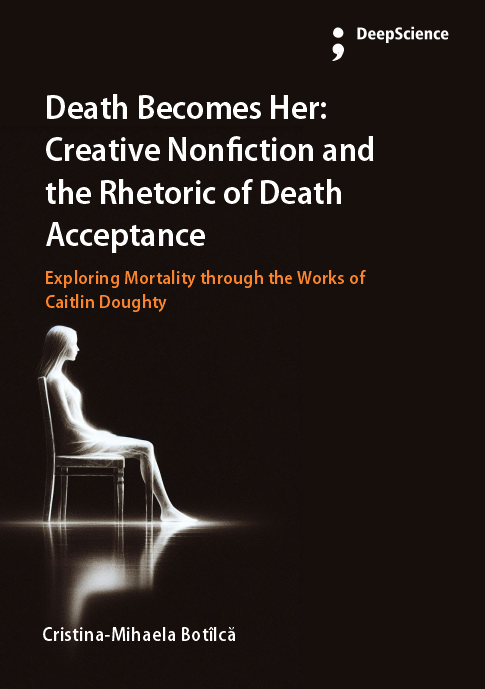Learning to die: Creative voices of acceptance
Synopsis
Section 1. Death Phobia, Death Acceptance, And Death Positivity in The Twenty-First Century
1.Introduction
The renowned philosopher Martin Heidegger penned an influential tome titled Unterwegs zur Sprache or On the Way To Language. In this work, he delves into the significance of language as a fundamental element in comprehending the concept of Being and explores the philosophical challenges that arise when examining it. Although the focus of this section is on the topic of death phobia, which could be discussed at length, I cannot help but draw attention to a particular passage that caught my attention. In it, Heidegger writes that mortality is a characteristic unique to humans, as they possess the ability to experience death as a definitive end. Conversely, animals lack this capacity, yet they also lack the ability to communicate through language. The fundamental correlation between death and language is a concept that has yet to be fully explored. However, it has the potential to guide us towards an understanding of how language’s intrinsic nature involves us in its preoccupation, and consequently, how it relates to us, particularly if death is intertwined with that which seeks us out and makes contact with us (1971: 107-108).
Unlike animals, can we experience death because we can describe it, or is this only a matter of self-awareness? Ernest Becker combines the two into a “human animal” and writes that “the idea of death, the fear of it, haunts the human animal like nothing else” (1973: ix). Regardless of the philosophical answer to this question, one thing is clear: there is no closer realm to what death and language create together than literature. Even if it happens for a split second, we are face to face with the biggest fear paradox of all: the fact that we are frightened by something inevitable, and yet we believe that we can avoid it by stalling or burying it deep inside our subconscious. What is this fear that we all have but refuse to acknowledge? The fear of death, or death-phobia. This has been a part of man’s life since the beginning of time, since the first discovered death rituals 95,000 years ago. Naturally, society has been changing ever since, and with it, our relationship with death and death culture. This chapter discusses death as a taboo in modern Western society, modern people fearing death, and the generally positive effects of the death positivity movement.
“We begin dying the day we are born” (Doughty 2015: 222), yet we are never prepared to do so. We sweep death under the rug with nervousness and fear that someday we will have to take that rug away and look at the heap of anxiety collected over the many years of denial. The experience of death “represents the possibility of the impossibility of existence in general” (Agamben 1991: 1). Existence cannot be comprehended outside of it simply because everything physical must have a beginning and an end. This tells us that our representation of death is flawed. Psychologically speaking, we can only see it outside of our existence (Kübler-Ross 1986, 1997), and the only road we can take is through the night, feeling around for some answers that leave us partly satisfied and accepting of our mortality, with the help of approaches that stem from positive psychology (Compton 2005; Sheldon & King 2001), spirituality (Marryatt 1891), and logotherapy (Frankl 1985), among many others.












